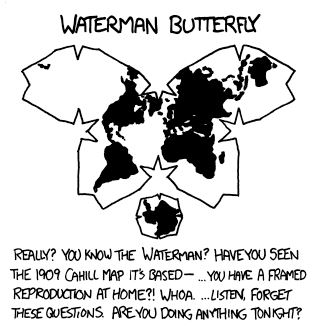Areas south of the Antarctic Circle experience extreme day-night cycles near the times of the June and December solstices, making it difficult to determine which time zone would be most appropriate. For practical purposes time zones are usually based on territorial claims; however, the time zone of their supply base is often utilised (e.g., McMurdo Station and Amundsen–Scott South Pole Station use New Zealand time due to their main supply base being Christchurch, New Zealand). In most areas south of 80 degrees latitude, Coordinated Universal Time (UTC) is assumed despite the limited presence of clocks.


It’s Daylight Saving Times, as that area is McMurdo and the Amundsen-Scott South Pole Station. It sounds stupid to use DST in Antarctica, where half year is mostly darkness, half year is bright, they just simply use the time zone of the supporting country, here it’s New Zealand
The Norwegian section also uses DST, but it’s not official, hence it’s not on this map: